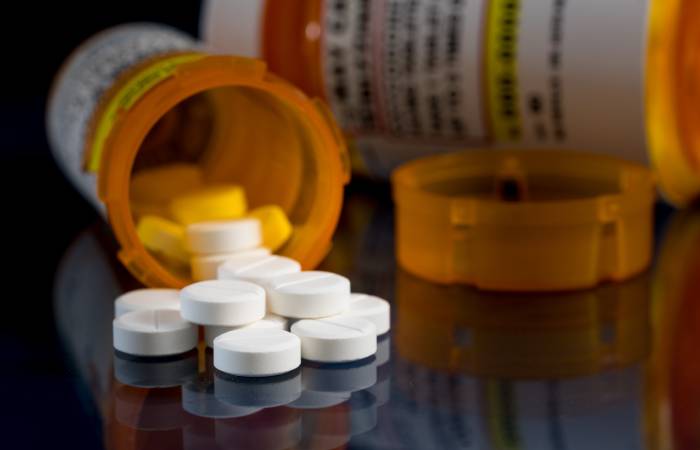Cost of dependence-forming medicines has fallen by half since 2015
In News
Follow this topic
Bookmark
Record learning outcomes
The cost of prescribing dependency forming medications in England has fallen by almost half since 2015-16 – despite the number of prescription items holding steady, a new NHSBSA report reveals.
The first in a new series, the report shows that in 2021-22 67.7 million drugs classed as dependency forming were described, a 0.04 per cent decrease on the previous year and 0.13 less than in 2015-16.
Despite this modest decrease, the cost of these medicines to the NHS has tumbled 48 per cent from £779m in 2015-16 to £419m in 2021-22. The biggest year-on-year drop in spending was a 26 per cent decrease between 2016-17 and 2017-18, which was due to pregabalin coming off patent meaning cheaper generics could be prescribed.
The report focuses on opioid pain medicine, gabapentinoids, benzodiazepines and ‘Z’ drugs, in addition to some analysis that includes antidepressants.
Opioids were the most prescribed of these in 2021-22, with 39.6 million items at a cost of £307m.
There were 7.1 million patients being prescribed dependency forming medicines in 2021-22, a 1.16 per cent increase from the previous year but an 11.8 per cent decrease compared to 2015-16.
The group most commonly prescribed dependency forming medications was female patients aged 55 to 59, with 406,000 identified patients. The next most common groups were women aged 70 to 74 and women aged 60 to 64.
Meanwhile, the most deprived areas of England had the highest rates of prescriptions “with one and a half times as many patients receiving prescribing in the most deprived areas of the country compared to the least deprived” according to the report.

